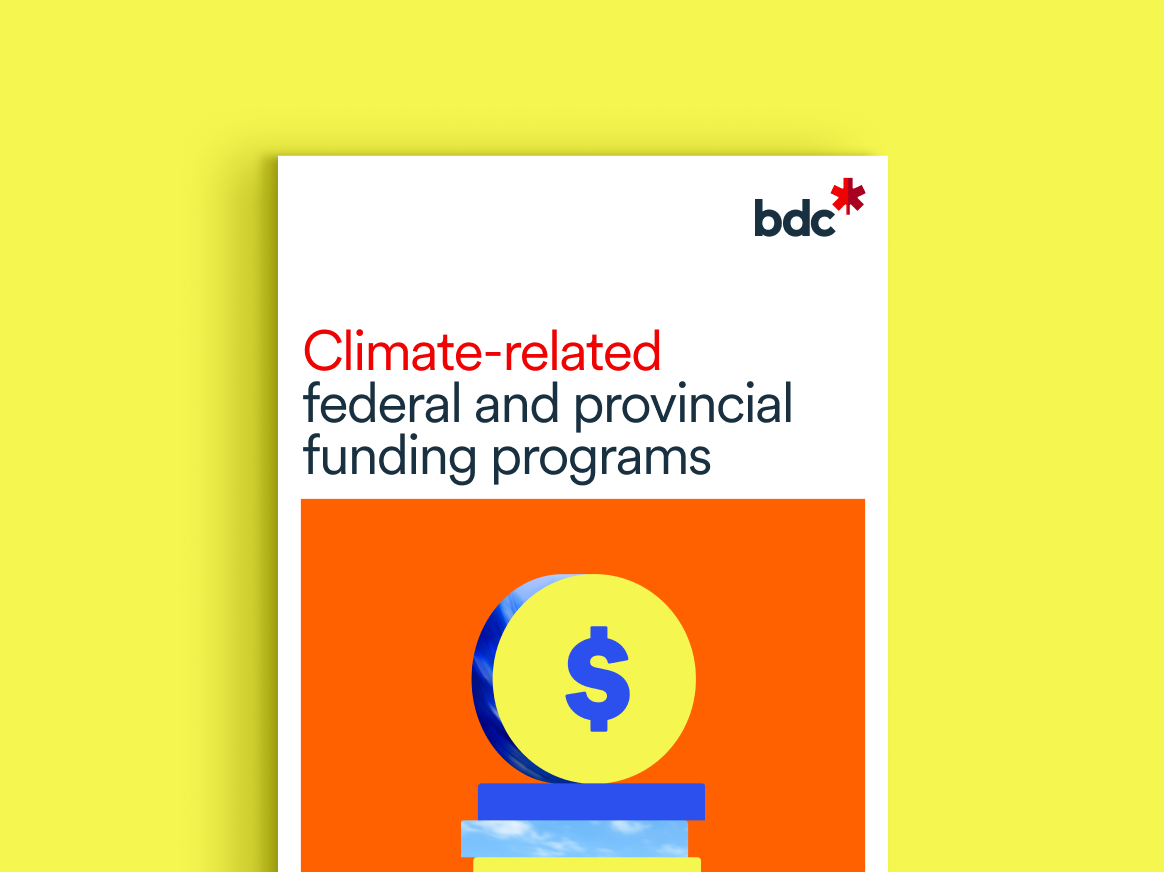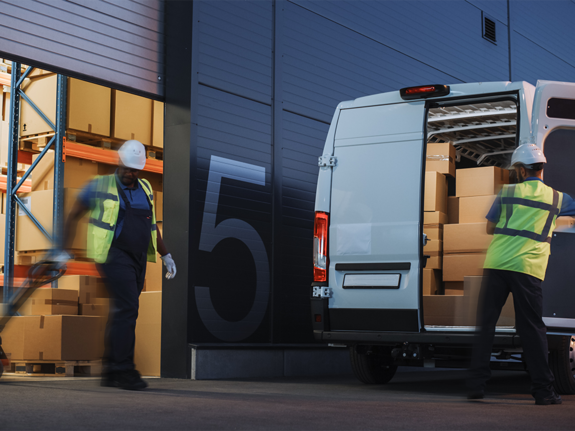Supplier sustainability matters
Your supply chain is sustainable if your operations and those of your suppliers uphold certain environmental and social standards. This includes addressing key issues like greenhouse gas emissions (GHGs), pollution, deforestation, labour rights, human rights and diversity, and equity and inclusion.
On average, SMEs that lowered the carbon emissions of their supply chain took 13 months to recoup their investment.
Roadmap to sustainable supply chain management
Identify all the emitting areas of your supply chain by listing your suppliers. Whichever option you choose should look at the supply chain from start to finish.
Option 1: Hire a consultant to do a carbon mapping of your supply chain or use a software that will collect the data and calculate GHG emissions for you.
Option 2: Another way to identify the most emitting areas is to categorize your suppliers by activities. Look especially for the following activities:
- Extraction of raw materials (timber, oil and gas, minerals)
- Heavy processing (cement, wood, iron and steal)
- Long-haul transport and logistics
-
What is supply chain management?
Learn more about managing your supply chain chains effectively.
-
Understanding the Benefits of Supply Chain Mapping for Ecommerce Businesses
Learn more about the benefits of supply chain mapping for ecommerce businesses.
-
5 organisational benefits of supply-chain mapping
Learn about five organizational benefits of supply chain mapping for your business.
Once you have mapped the areas with the highest amount of GHG emissions, focus on high-interest suppliers based on your spending, location and industry. Approach them and raise the topic of adopting more sustainable measures: it can reduce costs, help you find new markets and prepare you for any future regulations. Are your suppliers willing to make any changes?
You can collect data either by asking your suppliers for their GHG emissions data, or use an external firm. Many businesses would not be able to tell you how much they emit, but you can ask about data from these areas:
- stationary combustion: combustion of fuel on-site (diesel, coal, wood, etc.)
- mobile combustion: transport
- electricity consumption
Once you collected data, work with your suppliers to set realistic reduction targets. If you don't have any data, or if your suppliers do not respond, go to the next step for finding suppliers who adopted the best practices.
-
Supply chain management
Discover how an effective supply chain creates a seamless process from pre-production to consumption.
-
How can you digitize your supply chain?
Discover how digitizing your supply chain will increase transparency and efficiency.
-
GHG Protocol—Calculation Tools and Guidance
Discover differents tools a business can use when it comes to calculating greenhouse gas emissions in your supply chain.
Prioritize suppliers with a pre-existing commitment to the environment. Check if they have certifications showing their commitment as responsible organizations, like B Corp or ISO 14001 and existing ESG (Environmental, Social, and Governance) practices.
You can work with your current suppliers to get them certified or move directly on to find suppliers that already have certifications. Looking for certifications and emissions data protects you against falling for greenwashing. Be careful if suppliers make sustainability claims but don’t have the proof to back them up.
-
10 Ways to start or enhance your sustainability purchasing strategy
Discover 10 ways to start or enhance your sustainability purchasing strategy according to the government of Canada.
-
The 1.5°C Supplier Engagement Guide
Discover this interactive guide for the 1.5°C supplier engagement for companies seeking to reduce greenhouse gas emissions in their supply chains.
-
Climate Friendly Purchasing Toolkit
The Climate Friendly Purchasing Toolkit is a series of documents developed by members of the West Coast Climate and Materials Management Forum to aid public procurement leaders at all levels of government interested in reducing their purchasing carbon footprint.
Recommended resources

Assess your current practices and determine the next steps on your environmental journey.

Discover over 60 green governmental active grants, tax credits and loan programs.

How to reduce emissions in your business: a step-by-step guide
The content of this webpage is provided for information purposes only, and the reader is responsible for any decisions resulting from its use. The results of applying the content are not guaranteed by BDC and may vary depending on the context, market, sector, financial situation and size of the company. Content originating from a source outside of BDC is the sole responsibility of the author of that source.



